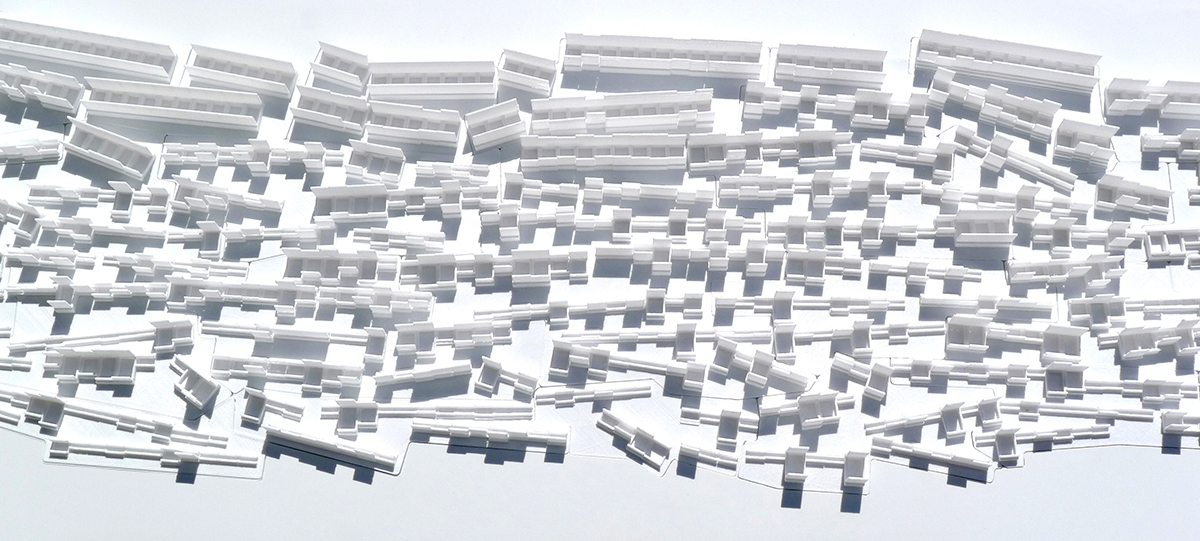Mereological Compositions. This is an extract of the doctorate thesis titled: "A mereological reading of the works of Ludwig Hilberseimer", chapter 3: "The Large City - The will to elemental architecture" by Daniel Koehler, 2015.
In Ludwig Hilberseimer's Groszstadtarchitektur, the figure of the city is dependent on the ratio of two factors: the single cell of the single room and the entire urban organism. Hilberseimer regularly used this metaphor in his texts. However, it is not clearly defined for which architectural element cell and organism stand. Only the size comparison remains. For the first time Hilberseimer mentioned the ratio cell to organism in 1922 in his essay "The high rise". Here, the cell is the single house and the organism the state. One year later in "The will to architecture", the single room is the cell and the city layout the organism. In the description of the Vertical-City the cell alternately is the room, the apartment or the city-block. The city element or the whole metropolis stands for an organism, which is in turn part of a global economy. The contrast between cell and organism referred to in Hilberseimer, is scale-independent, the relationship between the part and the whole. The smallest architectural unit which Hilberseimer ever defined in his texts is the single room as a compositional element.
 The room is a product of its producing basic elements: walls, floors, ceilings, windows, doors and furniture. Hilberseimer forecasts that these industrially manufactured elements in the future will be pressed. Furniture and windows so become self-contained design objects and are no longer a part of a compositional design process. The single room is the first composed unit and thus the smallest architectural element. The smallest architectural parts are the designed objects that define the room through their composition.
The room is a product of its producing basic elements: walls, floors, ceilings, windows, doors and furniture. Hilberseimer forecasts that these industrially manufactured elements in the future will be pressed. Furniture and windows so become self-contained design objects and are no longer a part of a compositional design process. The single room is the first composed unit and thus the smallest architectural element. The smallest architectural parts are the designed objects that define the room through their composition.
If we recall the textual description Hilberseimer’s of the Vertical-City, he describes the city through a sequence of axioms. Each of these statements describes a relation between the parts of the whole, the whole to its parts or between wholes. Drawn together the city framed as architecture can be described as a mereological composition, but far from being a simple body-metaphor, as composition the city turns into circular multitudinous, where the whole becomes a part for the part as whole. Thereby the ground (gr.: logos) of the city is defined by its parts (gr.: meros): its architecture.
The more limited and reduced the descriptions are, the more freedom and variation they allow. The monotony of the Vertical-City renderings means a reduction in the planned framing on urban scale to create open space at the architectural scale. It is therefore possible for Hilberseimer to describe a city only through determination of parthood relations. Hilberseimer's original rendering of the city is empty because it only represents its deterministic aspects. It is a scheme, an image in the making. The schema of the parthood relation as contour creates open space. Finally it is reduction, which enables the indirect possibility of the withdrawn. In the reading of the urban void as Abgrund, nothing is always the absence of something.


